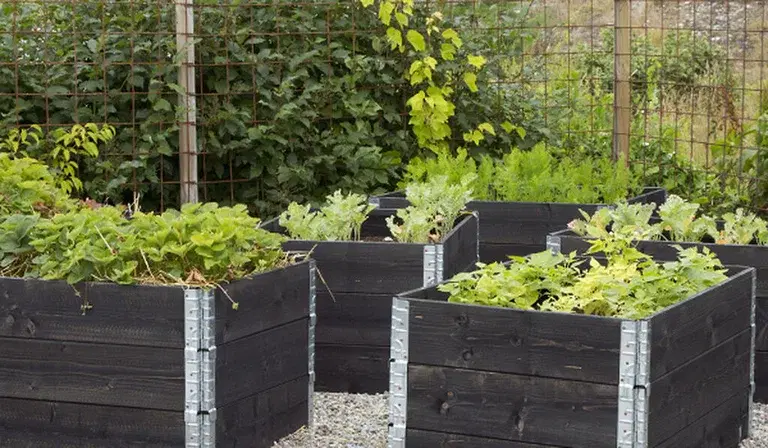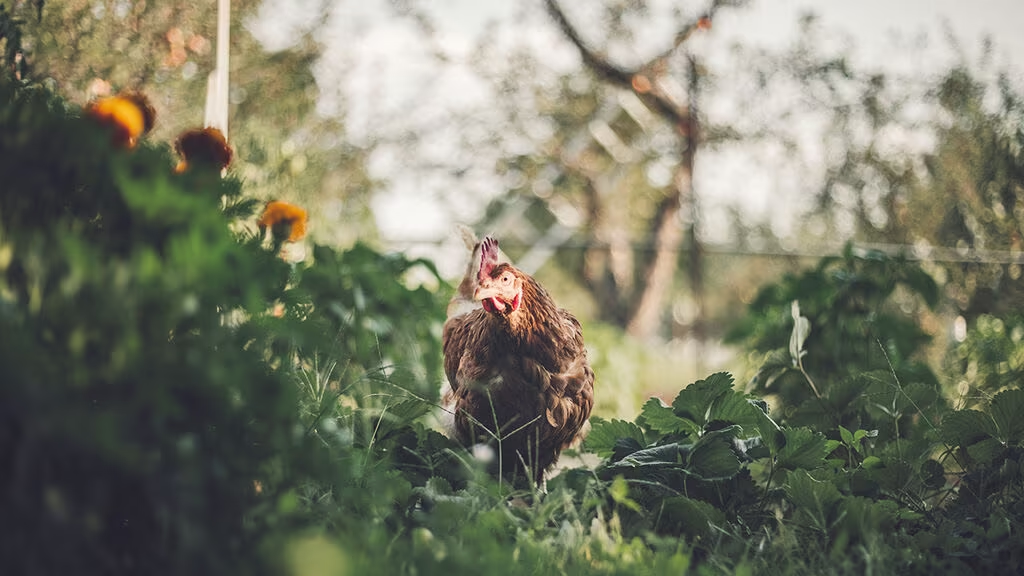Reuse the soil in plant boxes and pots
Plants need good, nutrient-rich soil to grow properly, but used soil in plant boxes and pots doesn't need to be thrown away; it can easily be made good as new. Here are the tips you need to save both time and money.

As summer approaches with all its greenery and beauty, it's time to check the very foundation of what sprouts and grows—the soil. Both vegetables and flowers need nutrient-rich and airy soil to thrive. Every time you grow something, the plants draw nutrients from the soil, so it's necessary to replenish the nutrients before sowing or planting anything new.
Fortunately, you don't need to replace the used soil in plant boxes and pots; there are simple and inexpensive ways to refresh it. However, there is an important exception: If you have previously had issues with soil-borne diseases or soil-dwelling pests, it's safest to replace the soil. Otherwise, there's nothing wrong with smart soil reuse.
How to renew the soil in plant boxes and pots
- Push the soil to the side and add compost, leaves, grass, plant residues, organic fertilizer, bokashi, or a mix of several of these. Fill it up to almost the top, then push the soil back so the material is covered with about 5 cm of soil.
- Water through. The moisture helps earthworms and microorganisms become more active, making it easier for them to transform the organic material into new nutrient-rich soil. If the plant box is placed directly on the ground without plastic underneath, the process will go faster, as life in the soil below the plant box can find its way up and help with the decomposition.
Start with seeds
Small seeds germinate well in the old, slightly less nutrient-rich soil on top. And as these plants grow larger and their roots move downward, the organic material will hopefully have turned into nutrient-rich soil by then.
Remember that the nutrients in the soil decrease as the plants grow, so be sure to use fertilizer or water with fertilized water regularly throughout the season.
Long-lasting nutrition with biochar
If you want to keep nutrients in the soil for longer, you can mix in biochar that has been treated with fertilizer water. Biochar releases a moderate amount of nutrients over a very long period and acts as a backup if you forget or cannot fertilize for a while. Biochar also gives the soil a porous structure, which helps the soil retain water and supports the microbial life.
Covering the soil surface between plants with grass clippings and plant debris also provides good nutrition and, in addition, protects the soil from drying out.
Little or a lot of nutrition?
Adjust the fertilization to the plants you are growing. For example, squash needs a lot of nutrients, while many herbs and potatoes thrive best in less nutrient-rich soil. When revitalizing your old soil, the same rule applies – consider the nutritional needs of what you are growing and adjust the amount of organic material you add accordingly.
Change what you grow in the soil
Feel free to rotate different types of plants every year to minimize the risk of soil-borne plant diseases and pests. This is especially important when reusing soil.
Watering
Water plant boxes and pots a bit more often than you would on open ground. Since there is a limited amount of soil in boxes and pots, it dries out faster. A small irrigation system for the plant box can save you some work, and mulch farming can reduce the water needs by as much as 70%.

Swedish garden inspirer, journalist and author of books about nature, cultivation and animals, such as "Soil", "Grow for insects" and "Chickens as a hobby".
Read more:
You are here:












